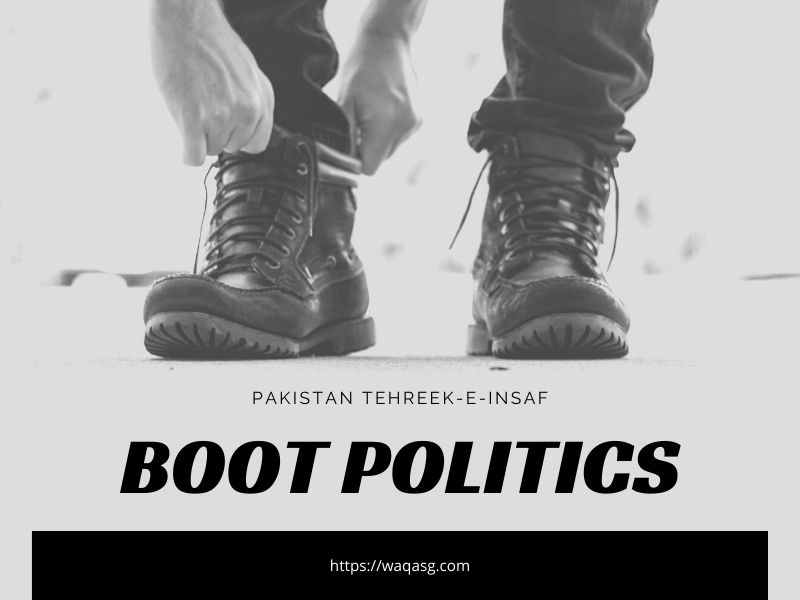If someone had told you a decade ago that the Middle East would soon emerge as one of the hottest tech destinations globally, you might have been skeptical. After all, the region has historically been synonymous with oil and geopolitics rather than innovation and startups.
But times have changed—dramatically. Today, cities like Dubai, Riyadh, Cairo, and Doha are bustling with tech activity, attracting global investors, entrepreneurs, and talent from every corner of the globe. From ambitious government-backed initiatives to thriving startups and impressive infrastructure developments, the Middle East is confidently establishing itself as the Silicon Valley of the East.
But how exactly has this transformation occurred, and what’s behind the Middle East’s rise as a tech powerhouse?
Let’s dive in and explore.
Visionary Governments Driving Digital Transformation
One of the biggest factors fueling the Middle East’s tech evolution is undeniably government support. Ambitious plans like Saudi Arabia’s Vision 2030, UAE’s Smart City Strategy, and Qatar’s National Vision 2030 have poured billions of dollars into tech-driven projects. This isn’t just about infrastructure—it’s a strategic shift toward technology as the region’s next big economic driver.
Saudi Arabia’s Vision 2030: Tech at the Heart
Saudi Arabia’s Vision 2030 aims to diversify its economy away from oil dependency. One of the most eye-catching projects under this vision is NEOM, a futuristic city promising everything from smart technologies to AI-powered services. The Kingdom is investing heavily in artificial intelligence, cybersecurity, and robotics, aiming to position itself as a global tech leader.
Dubai’s Smart City Initiatives
Dubai isn’t far behind. It’s known worldwide for its cutting-edge skyscrapers, but recently, Dubai has become just as famous for its tech scene. Dubai’s Smart City initiative integrates IoT, blockchain, and AI into daily life, simplifying everything from transportation to public safety. Its Dubai Future Accelerators program has also attracted innovative startups from across the globe.
A Vibrant Startup Ecosystem: Unicorns and Beyond
If there’s one place where the Middle East really shines, it’s the rapidly expanding startup ecosystem. Investment in regional startups reached record highs in recent years, attracting significant international attention.
Rise of Middle Eastern Unicorns
Middle Eastern startups are no longer playing small. Companies like Careem (acquired by Uber for $3.1 billion), Kitopi (cloud kitchen solutions), Tabby and Tamara (buy-now-pay-later platforms), and Swvl (mobility solutions) have emerged as unicorns, signaling serious global credibility.
These unicorns have inspired new generations of entrepreneurs who realize that billion-dollar valuations are within reach, not just something that happens in Silicon Valley.
VC Investment Explosion
Global investors, including Silicon Valley venture capital giants like Sequoia and SoftBank, are pouring money into Middle Eastern startups, recognizing that the region is full of untapped opportunities. In 2023 alone, venture capital investments in Middle Eastern tech startups surpassed $2 billion, with fintech and healthtech leading the charge.
Strategic Tech Hubs Across the Region
The region’s tech boom isn’t limited to just one city or country. Different locations are emerging as specialized hubs, each developing its unique strengths.
Dubai: The Fintech Capital
Dubai’s DIFC (Dubai International Financial Centre) is rapidly becoming the fintech heartbeat of the region, housing hundreds of fintech companies that are revolutionizing banking, payments, and digital wallets. With regulatory sandbox initiatives, Dubai has created a perfect environment for fintech innovation.
Riyadh: AI and Robotics Center
Saudi Arabia’s capital, Riyadh, is becoming the regional hub for artificial intelligence and robotics research. Major global tech companies, including Google and IBM, have opened offices or research centers in Riyadh, reflecting their confidence in the market’s potential.
Cairo: Youthful Innovation
Egypt’s capital, Cairo, has one of the youngest and most dynamic startup ecosystems in the Middle East. Homegrown tech talent, supported by a population of digitally-savvy youth, has fueled innovation in fintech, edtech, and e-commerce.
Emerging Technologies Making Waves
The Middle East isn’t merely playing catch-up; it’s leapfrogging into cutting-edge tech areas. Here are some key tech trends shaping the region’s future:
Fintech Revolution
The Middle East fintech sector has surged rapidly. Digital payments, peer-to-peer lending, and blockchain-based financial services are booming. Startups like Sarwa (robo-advisory), Tabby (buy-now-pay-later), and Paymob (payment solutions) are redefining financial services and making banking accessible to millions.
Artificial Intelligence and Robotics
AI adoption is skyrocketing, driven by governmental and private investments. In Saudi Arabia, for example, AI is now central to multiple sectors, including healthcare, education, transportation, and smart city management.
Cybersecurity Leadership
Given its strategic geopolitical location and growing digital infrastructure, cybersecurity is critical for the Middle East. Startups and established cybersecurity firms are thriving in places like Abu Dhabi, with government support enhancing the region’s cybersecurity posture significantly.
Green Tech and Sustainability
Sustainability tech has become a major priority, aligning with global climate goals. Investments in renewable energy, water conservation technology, and smart agricultural solutions showcase how the Middle East leverages tech innovation to address global environmental challenges.
Challenges: Realities the Region is Tackling
Of course, the Middle East’s tech journey isn’t without hurdles. Challenges persist, like bridging the education gap, addressing talent shortages, navigating complex regulations, and ensuring adequate funding for early-stage startups.
However, these challenges are being addressed head-on. Regional governments are proactively developing programs to upskill local talent and attract global tech professionals. Regulatory reforms, such as simpler licensing procedures and supportive startup laws, are already taking shape.
A Bright Tech Future Ahead
Looking ahead, the Middle East’s tech trajectory seems unstoppable. The continued cooperation between regional countries, global investors, and tech giants will accelerate growth and cement the region’s position as a true global tech hub.
Initiatives such as cross-border startup accelerators, investor-friendly policies, and massive infrastructure projects will further attract global talent and innovation. The tech giants aren’t far behind, with Microsoft, Amazon, Google, and Meta significantly expanding their presence across the region.
Conclusion: An Optimistic Tech Vision for the Middle East
As we’ve explored, the Middle East is no longer just watching the global tech revolution from the sidelines. It’s actively shaping the future with vision, confidence, and innovation. The growth isn’t temporary—it’s a strategic and permanent shift, backed by genuine investments, visionary leadership, and a passionate, youthful, digitally-enabled population eager for change.
The Middle East’s tech story is still being written, but one thing is clear: it’s poised to become a critical player in global tech innovation. And whether you’re an entrepreneur, investor, or tech enthusiast, now is undoubtedly an exciting time to be involved.



